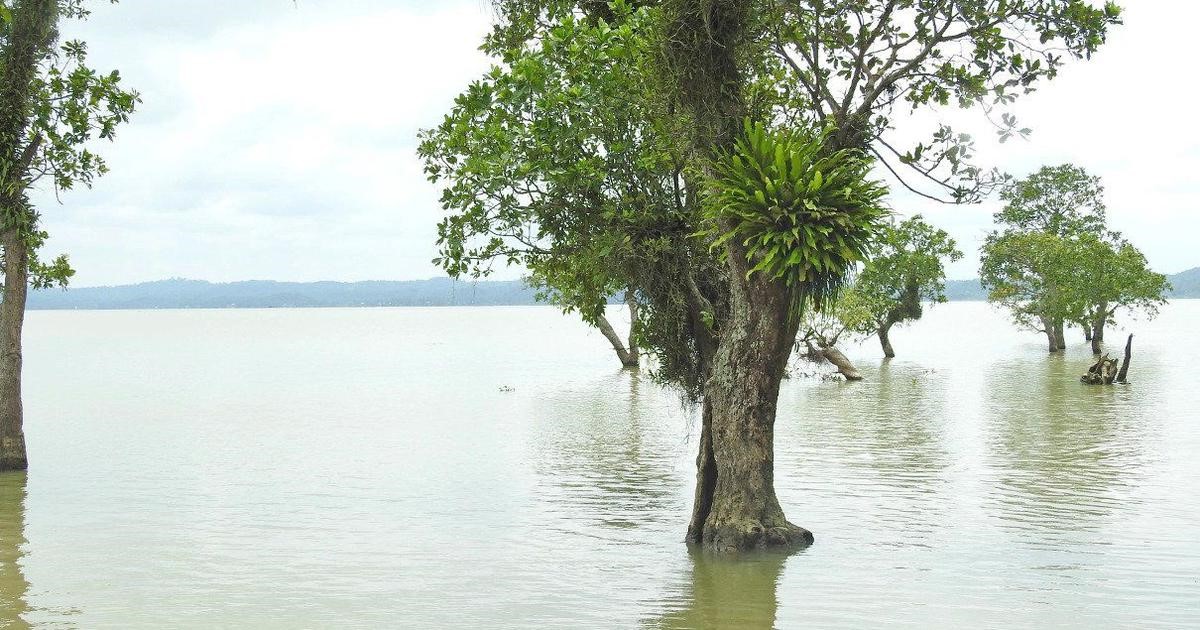Free Courses Sale ends Soon, Get It Now


Free Courses Sale ends Soon, Get It Now



Disclaimer: Copyright infringement not intended.
Context
Details
About Hijol
Location
Description
Medicinal use
Conservation status
|
PRACTICE QUESTION Q) Discuss the significance of Hijol, a signature subcontinental floodplain tree, in fish farming in India. (150 words) |
© 2024 iasgyan. All right reserved